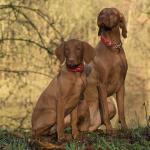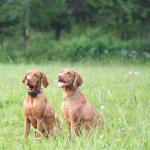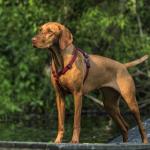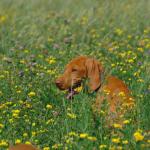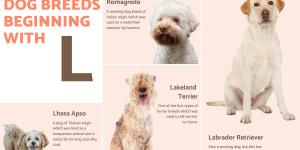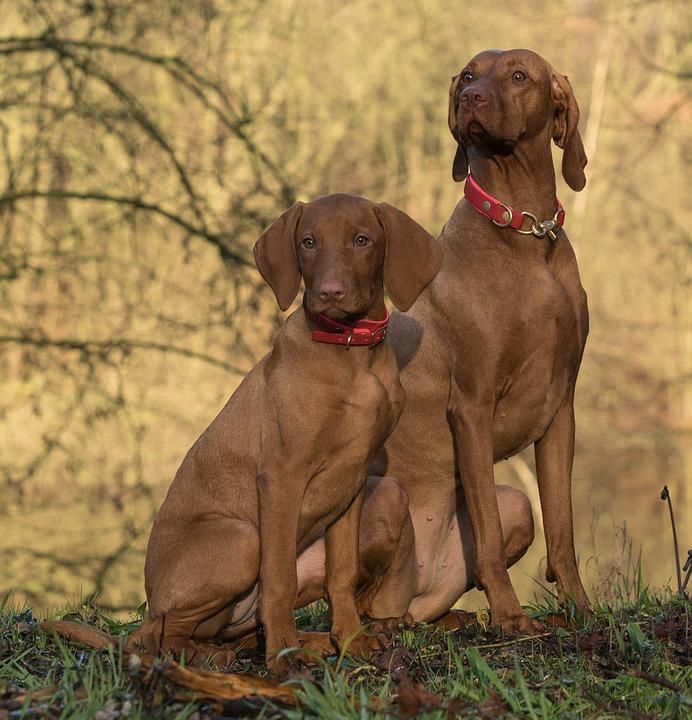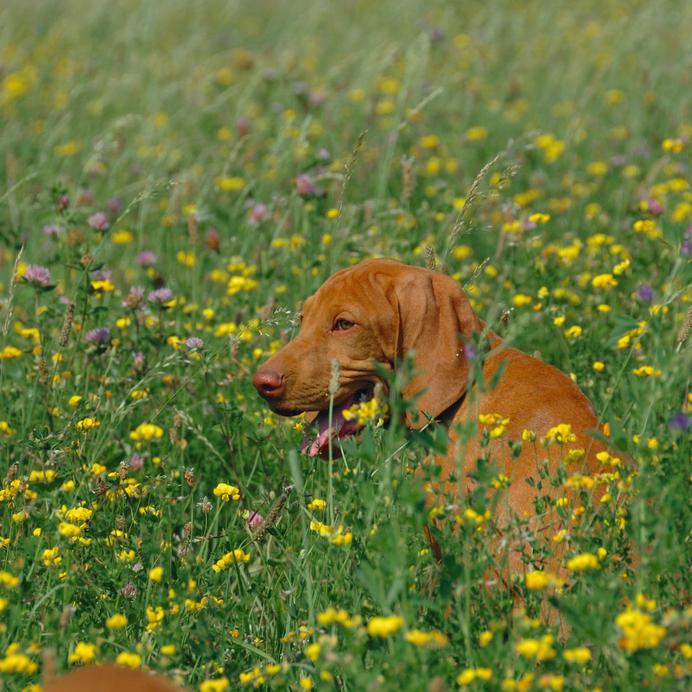Vizsla
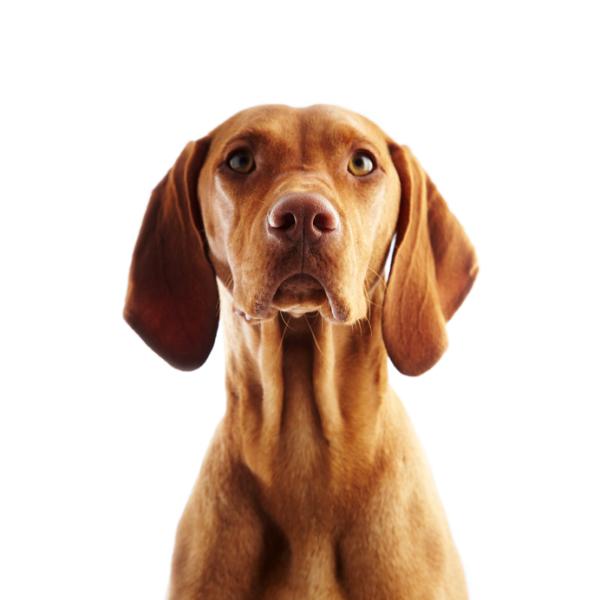
The Vizsla, or hungarian pointer, is a dog that has excelled in hunting for years. Fortunately, nowadays, it is a dog that stands out for all kinds of activities and exercises. Its fine nose and great fondness for water makes this dog an excellent companion for dynamic and active people.
Are you wanting to adopt a Hungarian pointer? Take a look at this breed file to find out everything you need to know about the Hungarian Vizsla! We will cover their main characteristics, including: history, character, the type of care that should be offered to them and health. This is a very active dog breed that will need a family with similar qualities.
- Europe
- Hungary
- Group VII
- 5-14
- 14-18
- 18-22
- 22-27
- 27-31
- More than 31
- 2-7
- 7-22
- 22-55
- 55-100
- 100-220
- 8-10
- 10-12
- 12-14
- 15-20
- Low
- Meidum
- High
History
The ancestors of the Hungarian pointer were dogs that accompanied the nomadic tribes of the Magyars, who occupied central Europe. There are documents from the fourteenth century that refer to dogs who show great similarities to the vizsla. However, this breed only became important and popular in the 18th century as a hunting dog.
The breed remained healthy in Hungary for a long time, until it was affected by World War II. After the war, the Hungarian pointers population almost disappeared. A group of Hungarian breeders recovered the breed later and in 1936, this breed was finally recognized by the International Cynological Federation as a Hungarian pointer or vizsla.
The Hungarian name for this breed is rövidszöru magyar vizsla. Outside the country this breed is simply known as Vizsla.
Characteristics
The Hungarian short-haired pointer is a medium-sized, elegant dog and, in accordance with the standard accepted by the International Cynological Federation (FCI), has short, yellowish-colored hair. It is a light and lean dog, but at the same time is incredibly muscular and strong.
Its body is a little longer than its height, giving the dog a slightly rectangular profile. Its back is firm, straight and muscular. Its spine is short and wide. It has a wide and somewhat long rump. It has a wide and deep chest. Its lower line forms an elegant curve at the level of its belly.
The head of the vizsla is somewhat aristocratic looking. Its skull is wide and slightly vaulted. It presents a delicate groove that goes from the occiput to the naso-frontal depression (stop). This depression is moderate. Its nose is broad and well developed. It should be of a shade a little darker than the mantle, harmonizing with the hair. Its has a blunt snout is blunt with a straight nasal cane. Its eyes are oval, medium and vivacious. They are brown and are preferred as a dark shade, although amber or yellow eyes in this breed are common. Their ears are thin and hang on the sides of the cheeks. Its tail is low with a thick insertion at the base. When the dog is active its tail can be lifted up horizontally.
A Hungarian pointer’s coat is short, dense and hard. It covers the whole body with no inner fluff. It can appear as any shade of yellow seed, but a small white patch on the chest and small white marches on the fingers is allowed (although not commonly desirable).
Its height at the withers, according to the FCI standard, should be between 58 and 64 centimeters for males and between 54 and 60 centimeters for females. This standard does not indicate an ideal weight, but males usually weigh between 20 and 27 kilograms, while females usually weigh between 18 and 25 kilograms.
Character
Vizslas are dogs which form a very close bond with their human families. They tend to always follow someone in the family. They are also very intelligent, curious and dynamic.
Naturally, they are great hunters and are always willing to look out for and prey on small animals, especially birds. One of their most notorious behavioral qualities is the fascination they have for water. These dogs really enjoy jumping into the water and swimming. This breed are not known to bark a lot.
Hungarian pointers are not good pets for sedentary people and families who prefer to spend Saturday afternoons watching movies. The reason for this is because they have a lot of energy. They are, however, excellent pets for families or single people who enjoy practicing sports and outdoor activities with their dogs.
Care
Its coat, due to its short length, is very easy to care for. Occasional brushing is sufficient in keeping this coat clean. These dogs shed hair regularly but they don’t have a strong smell, even when they get wet. Bathing this breed often is not necessary, in fact, it is better if you only bathe them when they are evidently dirty.
This breed needs of a lot of exercise and company. To have a vizsla it is necessary to provide it with enough physical and mental exercise. This dog for example loves intelligence games.
Due to their dynamic temperament, these dogs do not adapt very well to life in an apartment. We recommend that if you want to adopt this breed you need to have a large garden where they can run freely. This space does not however eliminate their need for walks.
Education
Their temperament is very friendly with their own family, however, they tend to be very protective over their territories and their families. Therefore, it is very important to socialize these dogs from when they are puppies. Well socialized vizslas can get along well with adults, children, dogs and other pets. It is very important to work on this dog’s socialization to ensure that you have a sociable adult dog, who is not fearful or aggressive.
Despite being very brave in hunting and protecting their families, vizslas are very sensitive dogs that do not tolerate punishment. Therefore, we advise avoiding traditional training styles and rather focusing on positive training styles. This breed learn excellently with positive training, such as: clicker training.
The most common behavior problem in this breed is that they can be quite destructive. These dogs are very dynamic and need a lot of exercise and company. If they are left alone for a long time and have nothing to do, they become frustrated and destroy everything and anything that they can find. For this reason, we recommend using the kong to help reassure them and deal with separation anxiety.
Long daily walks and game are necessary to prevent vizslas from becoming destructive. The practice of canine agility sports can also help them channel their energy.
Health
This breed is not especially susceptible to diseases, but in certain breedlines some hereditary diseases can occur, such as: progressive retinal dystrophy, craniomandibular osteopathy, hemophilia A, hip dysplasia, skin allergies and epilepsy.
By visiting your veterinarian regularly (every 6 months) and strictly monitoring your dog’s vaccination and deworming schedule, these conditions can be avoided.
Vizsla photos

